Home>Furniture & Design>Bathroom Accessories>What Is An Accessible Bathtub
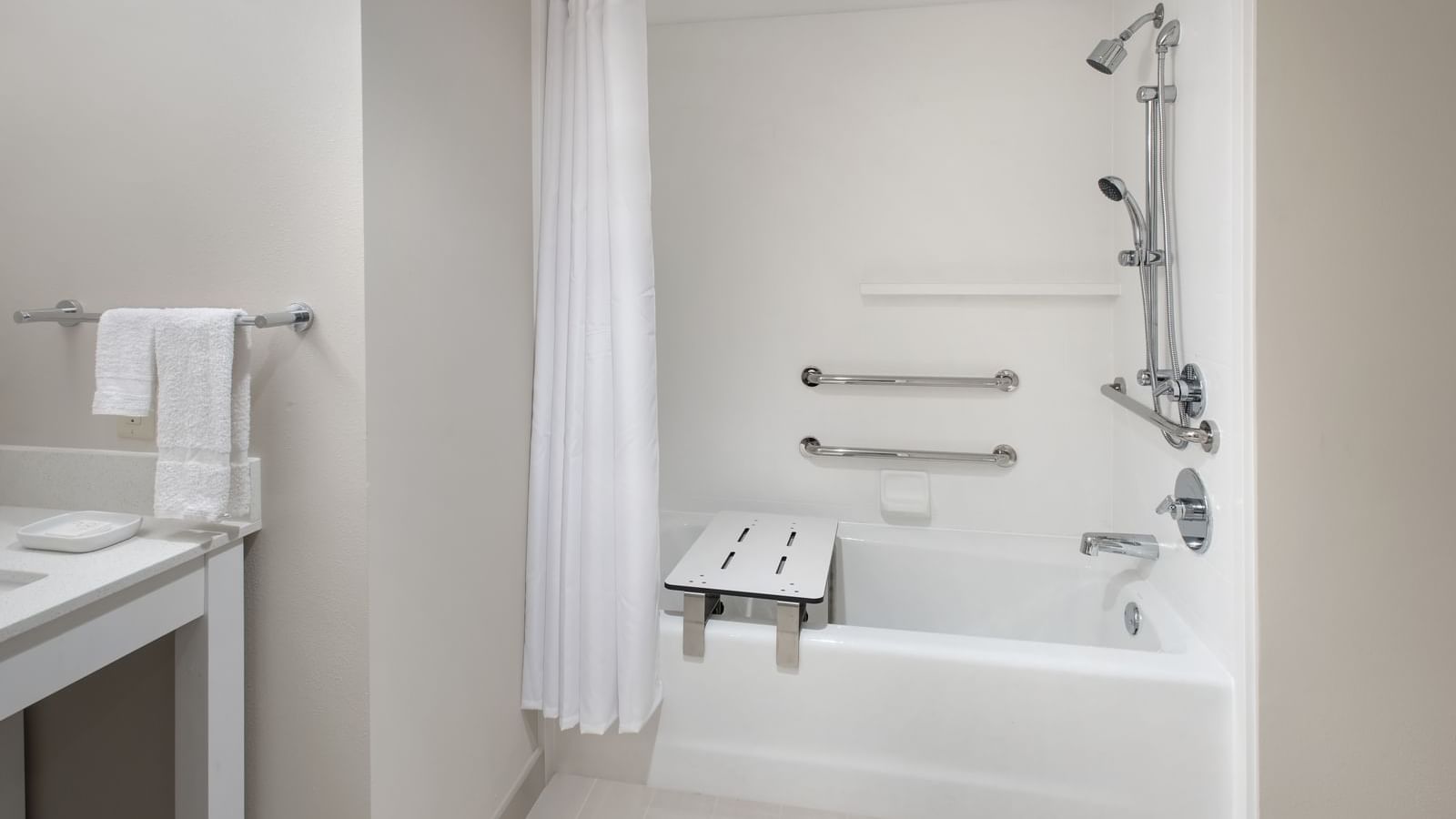

Bathroom Accessories
What Is An Accessible Bathtub
Modified: March 25, 2024
Discover the benefits of an accessible bathtub for your bathroom. Find the perfect bathroom accessories to enhance your bathing experience. Explore our range now!
(Many of the links in this article redirect to a specific reviewed product. Your purchase of these products through affiliate links helps to generate commission for Storables.com, at no extra cost. Learn more)
Introduction
When it comes to creating a safe and comfortable bathroom environment, the choice of accessories and fixtures plays a crucial role. Among these, the accessible bathtub stands out as a key feature in ensuring convenience and safety for individuals with mobility challenges or disabilities. An accessible bathtub is designed to provide a secure and user-friendly bathing experience, offering a range of features that cater to diverse needs and preferences.
The significance of accessible bathtubs extends beyond mere functionality; it encompasses the fundamental aspect of inclusivity and equal access. By incorporating innovative design elements and advanced technology, these bathtubs empower individuals with limited mobility to enjoy the rejuvenating and therapeutic benefits of bathing without barriers or limitations.
In this comprehensive guide, we will delve into the various aspects of accessible bathtubs, exploring their definitions, types, features, benefits, and essential considerations for selecting the most suitable option. Whether you are seeking a solution for yourself, a family member, or a client, understanding the nuances of accessible bathtubs is essential for making informed decisions and creating a supportive bathing environment.
As we embark on this exploration, it is important to recognize the transformative impact that accessible bathtubs can have on the lives of individuals with mobility constraints. By embracing the principles of universal design and accessibility, these fixtures not only enhance the bathing experience but also contribute to fostering independence, dignity, and well-being for users of all abilities.
Join us on this enlightening journey as we unravel the world of accessible bathtubs, shedding light on their diverse features, benefits, and considerations. Let's embark on a quest to discover how these innovative fixtures are revolutionizing the concept of inclusive and empowering bathing experiences.
Key Takeaways:
- Accessible bathtubs are designed for individuals with mobility challenges, offering safety features like low-threshold entry and grab bars. They promote independence and well-being, making bathing comfortable and inclusive.
- Different types of accessible bathtubs cater to specific mobility needs, from walk-in tubs to hydrotherapy tubs. They provide therapeutic benefits and enhance safety, ensuring a personalized and secure bathing experience.
Read more: What Is A Bathtub?
Definition of an Accessible Bathtub
An accessible bathtub, also known as a handicap bathtub or a walk-in bathtub, is a specialized bathing fixture designed to accommodate individuals with limited mobility or physical disabilities. Unlike traditional bathtubs, accessible bathtubs are equipped with features that facilitate easy entry and exit, ensuring a safe and comfortable bathing experience for users facing mobility challenges.
These bathtubs are characterized by their user-centric design, which prioritizes accessibility and convenience. One of the defining features of accessible bathtubs is the low threshold or no-threshold entry, which eliminates the need to step over the edge of the tub, reducing the risk of slips and falls. This feature is particularly beneficial for individuals with mobility impairments, as it enables them to enter the bathtub with minimal effort and without encountering physical barriers.
Furthermore, accessible bathtubs often incorporate grab bars, strategically positioned to provide support and stability for users while maneuvering into and out of the tub. These grab bars serve as essential safety features, offering reassurance and assistance to individuals with mobility limitations, thereby promoting greater independence and confidence during bathing activities.
In addition to the accessibility-focused design, these bathtubs may also include features such as built-in seating, non-slip flooring, and handheld showerheads, all of which contribute to a more user-friendly and secure bathing environment. The incorporation of these elements reflects a commitment to addressing the specific needs of individuals with mobility challenges, ensuring that they can bathe comfortably and safely without encountering obstacles or hazards.
Accessible bathtubs are available in a variety of configurations, including walk-in tubs, slide-in tubs, and transfer tubs, each offering unique benefits tailored to different mobility requirements. Whether installed as a standalone fixture or as part of a comprehensive accessible bathroom design, these bathtubs play a pivotal role in promoting inclusivity and equal access to bathing facilities for individuals of all abilities.
In essence, an accessible bathtub represents a transformative solution that transcends the limitations of traditional bathing fixtures, embracing a user-centered approach to accommodate diverse mobility needs and empower individuals to enjoy the therapeutic and rejuvenating benefits of bathing without constraints. By redefining the concept of accessible bathing, these fixtures embody the principles of inclusivity, safety, and dignity, enriching the lives of users with enhanced comfort and independence.
Types of Accessible Bathtubs
Accessible bathtubs are available in various configurations, each tailored to meet specific mobility needs and preferences. Understanding the distinct features and benefits of different types of accessible bathtubs is essential for selecting the most suitable option. Here are the primary types of accessible bathtubs:
-
Walk-In Tubs:
- Walk-in bathtubs are designed with a hinged, watertight door that allows users to enter the tub without having to step over the edge. This feature is particularly beneficial for individuals with limited mobility or those who use mobility aids such as wheelchairs or walkers. Walk-in tubs often feature built-in seating, grab bars, and non-slip flooring, providing a secure and comfortable bathing experience.
-
Slide-In Tubs:
- Slide-in bathtubs are characterized by a low entry threshold, allowing users to slide into the tub with ease. These bathtubs are ideal for individuals who have some mobility but may struggle with stepping over the edge of a traditional bathtub. Slide-in tubs offer a seamless transition into the bathing area, promoting accessibility and safety for users with varying degrees of mobility challenges.
-
Transfer Tubs:
- Transfer bathtubs are designed to accommodate individuals who require assistance when entering or exiting the tub. These bathtubs feature a wide, contoured edge that allows for easy transfer from a wheelchair or mobility aid to the bathtub seat. Transfer tubs are equipped with strategically positioned grab bars and may offer adjustable seating options to cater to diverse user needs.
-
Hydrotherapy Tubs:
- Hydrotherapy, or therapeutic, bathtubs are equipped with features such as whirlpool jets, air jets, and heated seating to provide therapeutic benefits for users with mobility issues or chronic pain conditions. These tubs offer a combination of accessibility and wellness, allowing individuals to experience the soothing effects of hydrotherapy while benefiting from the accessibility features inherent in the design of the tub.
-
Bariatric Tubs:
- Bariatric bathtubs are specifically designed to accommodate individuals with higher weight capacities. These tubs feature reinforced construction and spacious interiors to ensure comfort and safety for users with bariatric needs. The accessibility features integrated into bariatric tubs cater to the unique requirements of individuals with mobility challenges and higher body weights.
By offering a diverse range of options, accessible bathtubs cater to the specific needs and preferences of individuals with mobility limitations, empowering them to enjoy bathing experiences that are safe, comfortable, and tailored to their unique requirements. Whether seeking enhanced accessibility, therapeutic benefits, or specialized support, the variety of accessible bathtub types ensures that users can find a solution that aligns with their individual needs and promotes greater independence and well-being.
Features of an Accessible Bathtub
Accessible bathtubs are distinguished by a myriad of features that prioritize safety, convenience, and comfort for individuals with mobility challenges or disabilities. These features are thoughtfully integrated to address the specific needs of users, ensuring a user-friendly and secure bathing experience. Let's explore the key features that define accessible bathtubs:
-
Low or No-Threshold Entry: Accessible bathtubs are designed with a low or no-threshold entry, eliminating the need to step over the edge of the tub. This feature significantly reduces the risk of slips and falls, providing seamless access for individuals with mobility limitations.
-
Watertight Door: In the case of walk-in bathtubs, a watertight door with a secure locking mechanism allows for effortless entry and exit, ensuring a leak-free bathing experience while maintaining water temperature.
-
Built-In Seating: Many accessible bathtubs feature built-in seating to accommodate users who may have difficulty standing for extended periods. The seating provides a comfortable and stable resting place during bathing, promoting relaxation and safety.
-
Grab Bars: Strategically positioned grab bars within the bathtub area offer essential support and stability for users when entering, exiting, or maneuvering within the tub. These grab bars enhance safety and confidence, minimizing the risk of accidents.
-
Non-Slip Flooring: The flooring of accessible bathtubs is designed with non-slip surfaces to prevent accidental slips and falls, especially in wet conditions. This feature contributes to a secure bathing environment, instilling a sense of reassurance for users.
-
Handheld Showerhead: Many accessible bathtubs are equipped with handheld showerheads, allowing users to adjust the water flow and direction according to their preferences. This feature enhances bathing convenience and independence, catering to diverse user needs.
-
Therapeutic Features: Some accessible bathtubs incorporate therapeutic elements such as whirlpool jets, air jets, or heated seating to provide soothing hydrotherapy benefits for users with chronic pain conditions or muscle stiffness.
-
Customizable Options: Certain accessible bathtubs offer customizable features, including adjustable seating, water jets, and temperature controls, allowing users to personalize their bathing experience based on their specific requirements and preferences.
These features collectively embody the essence of accessible bathtubs, reflecting a commitment to inclusivity, safety, and user-centric design. By integrating these elements, accessible bathtubs not only cater to the practical needs of individuals with mobility challenges but also promote a sense of empowerment, independence, and well-being.
Benefits of Using an Accessible Bathtub
The utilization of an accessible bathtub offers a multitude of compelling benefits, encompassing both practical advantages and profound impacts on the well-being of individuals with mobility challenges. These benefits extend far beyond the realm of mere convenience, transcending into the realms of safety, independence, and holistic wellness.
Read more: How To Access Attic
Enhanced Safety and Accessibility
Accessible bathtubs are specifically engineered to prioritize safety and accessibility, addressing the unique needs of individuals with mobility limitations. The low or no-threshold entry eliminates the need to navigate over the edge of the tub, significantly reducing the risk of slips, trips, and falls during entry and exit. This fundamental feature alone fosters a secure bathing environment, instilling confidence and peace of mind for users and their caregivers. Additionally, the inclusion of grab bars, non-slip flooring, and secure seating further enhances safety, ensuring that individuals can bathe with minimal risk of accidents or discomfort.
Promotes Independence and Dignity
One of the most profound benefits of using an accessible bathtub is the restoration of independence and dignity for individuals with mobility challenges. By providing a user-friendly bathing solution, these bathtubs empower users to engage in personal hygiene activities without the need for constant assistance or supervision. The ability to enter and exit the bathtub with ease, coupled with the presence of supportive features, allows individuals to maintain a sense of autonomy and self-reliance, fostering a greater degree of independence in their daily routines. This preservation of dignity is invaluable, contributing to a positive self-image and emotional well-being.
Therapeutic and Wellness Benefits
Accessible bathtubs often incorporate therapeutic features such as hydrotherapy jets, heated seating, and customizable water settings, offering users the opportunity to experience the rejuvenating benefits of hydrotherapy. These therapeutic elements can provide relief from muscle tension, joint stiffness, and chronic pain conditions, promoting relaxation, improved circulation, and overall well-being. The ability to access these therapeutic benefits within the comfort of an accessible bathtub contributes to a holistic approach to wellness, addressing both physical and emotional aspects of health.
Inclusivity and Equal Access
By embracing the use of accessible bathtubs, individuals with mobility challenges are granted equal access to essential bathing facilities, fostering a sense of inclusivity and societal integration. These bathtubs eliminate physical barriers and limitations, ensuring that individuals of all abilities can partake in the rejuvenating and cleansing ritual of bathing without encountering obstacles or exclusion. This commitment to inclusivity reflects a broader societal ethos of embracing diversity and accommodating the needs of all individuals, regardless of their physical capabilities.
Read more: What Is A Whirlpool Bathtub
Improved Quality of Life
Ultimately, the collective impact of the aforementioned benefits culminates in a significantly improved quality of life for individuals utilizing accessible bathtubs. The combination of enhanced safety, independence, therapeutic benefits, and inclusivity contributes to a profound transformation in the daily experiences of users. The ability to bathe comfortably, securely, and independently fosters a sense of well-being, confidence, and contentment, enriching the overall quality of life for individuals with mobility challenges.
In essence, the benefits of using an accessible bathtub extend far beyond the realm of practicality, transcending into the realms of empowerment, wellness, and societal inclusion. These bathtubs serve as catalysts for positive change, enriching the lives of individuals with mobility challenges and reaffirming the fundamental principles of dignity, independence, and holistic well-being.
Considerations When Choosing an Accessible Bathtub
Selecting an accessible bathtub entails careful consideration of various factors to ensure that the chosen fixture aligns with the specific needs and preferences of the user. From safety features to installation requirements, the following considerations are essential for making an informed decision:
-
User's Mobility Needs: Understanding the user's mobility challenges and abilities is paramount. Assessing whether the individual requires a low or no-threshold entry, built-in seating, or additional support features such as grab bars is crucial in determining the most suitable bathtub type.
-
Available Space and Bathroom Layout: Evaluating the dimensions and layout of the bathroom is essential for determining the feasibility of installing an accessible bathtub. Consideration should be given to door widths, maneuvering space, and the potential need for bathroom modifications to accommodate the chosen bathtub.
-
Safety Features: Prioritizing safety features such as non-slip flooring, secure grab bars, and a watertight door is essential for creating a secure bathing environment. These features contribute to accident prevention and user confidence during bathing activities.
-
Therapeutic Considerations: If the user can benefit from hydrotherapy or therapeutic features, such as water jets or heated seating, selecting a bathtub that offers these options can enhance the overall bathing experience and contribute to wellness.
-
Installation and Accessibility: Assessing the installation requirements and accessibility of the chosen bathtub is crucial. Consider factors such as ease of entry and exit, as well as the potential need for professional installation to ensure that the bathtub meets accessibility standards.
-
User Comfort and Preferences: Taking into account the user's comfort preferences, such as seating height, water depth, and handheld showerhead options, can contribute to a personalized and enjoyable bathing experience.
-
Budget and Financing: Understanding the cost implications of purchasing and installing an accessible bathtub is essential. Exploring financing options, potential rebates, and assistance programs can help make the investment more manageable.
-
Long-Term Considerations: Considering the long-term usability and durability of the chosen bathtub is important. Assessing factors such as maintenance requirements, warranty coverage, and potential future needs can inform the decision-making process.
By carefully evaluating these considerations, individuals and caregivers can make informed choices when selecting an accessible bathtub, ensuring that the chosen fixture aligns with the user's specific mobility needs, safety requirements, and overall bathing preferences. This thoughtful approach contributes to the creation of a supportive and empowering bathing environment, promoting independence, well-being, and inclusivity for individuals with mobility challenges.
When looking for an accessible bathtub, consider features like low step-in height, built-in seating, and grab bars for safety and ease of use.
Conclusion
In conclusion, the realm of accessible bathtubs represents a transformative paradigm in the domain of inclusive and empowering bathing experiences. These specialized fixtures, designed to cater to the diverse needs of individuals with mobility challenges or disabilities, embody a commitment to safety, accessibility, and holistic well-being. By integrating innovative features such as low or no-threshold entries, grab bars, non-slip flooring, and therapeutic elements, accessible bathtubs transcend the limitations of traditional bathing fixtures, offering a secure and user-friendly bathing solution.
The benefits of utilizing accessible bathtubs extend far beyond mere practicality, encompassing profound impacts on the lives of users. From enhanced safety and independence to therapeutic benefits and societal inclusivity, these fixtures serve as catalysts for positive change, enriching the overall quality of life for individuals with mobility challenges. By fostering a sense of autonomy, dignity, and well-being, accessible bathtubs contribute to a more inclusive and supportive bathing environment, aligning with the principles of universal design and accessibility.
When considering the selection of an accessible bathtub, careful evaluation of the user's mobility needs, safety features, therapeutic considerations, and long-term usability is essential. By prioritizing these factors, individuals and caregivers can make informed decisions, ensuring that the chosen fixture aligns with the specific requirements and preferences of the user. This thoughtful approach contributes to the creation of a supportive and empowering bathing environment, promoting independence, well-being, and inclusivity for individuals with mobility challenges.
In essence, accessible bathtubs represent a testament to the transformative power of inclusive design, fostering a sense of empowerment, safety, and well-being for individuals of all abilities. By embracing the principles of accessibility and user-centric design, these fixtures redefine the concept of bathing, transcending barriers and limitations to create a bathing experience that is safe, comfortable, and enriching for users with diverse mobility needs. As we continue to champion inclusivity and equal access, the utilization of accessible bathtubs stands as a testament to the profound impact of design in enhancing the lives of individuals with mobility challenges, reaffirming the fundamental principles of dignity, independence, and holistic well-being.
Frequently Asked Questions about What Is An Accessible Bathtub
Was this page helpful?
At Storables.com, we guarantee accurate and reliable information. Our content, validated by Expert Board Contributors, is crafted following stringent Editorial Policies. We're committed to providing you with well-researched, expert-backed insights for all your informational needs.
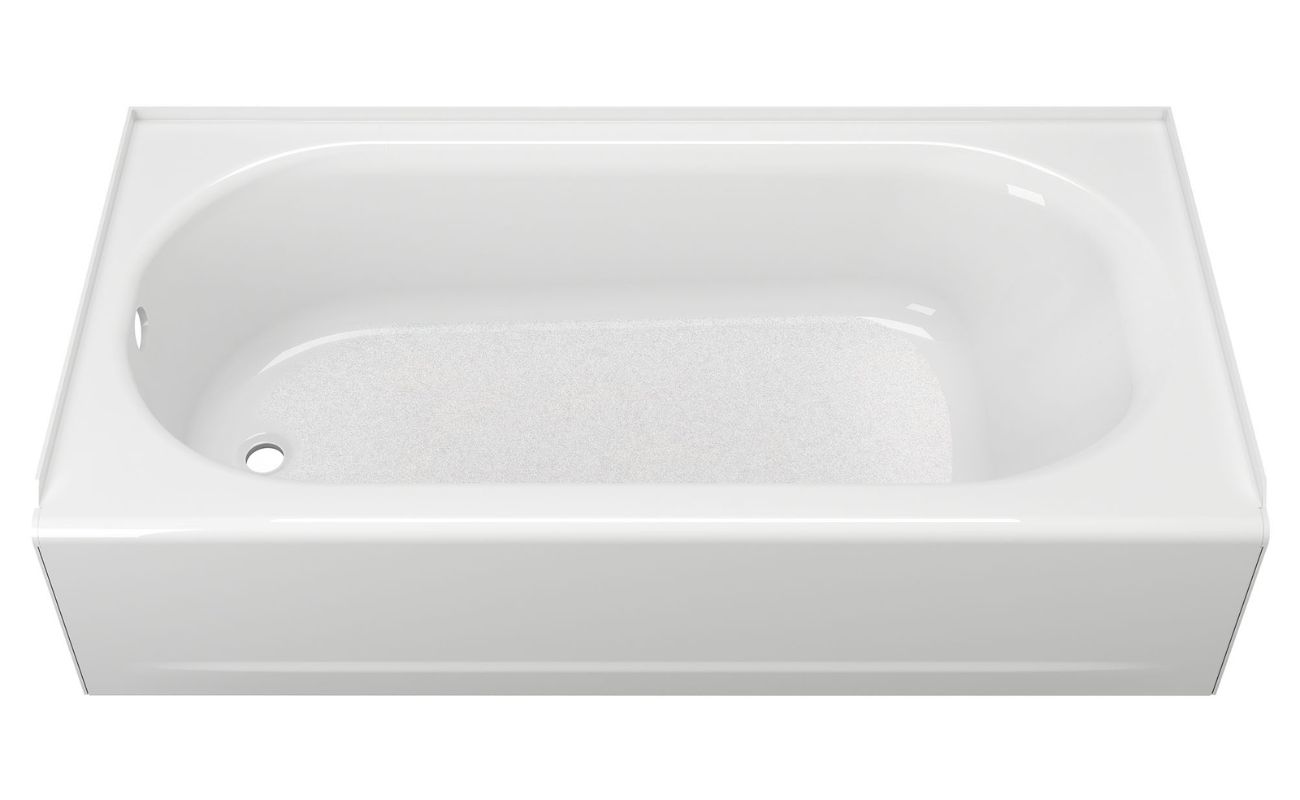
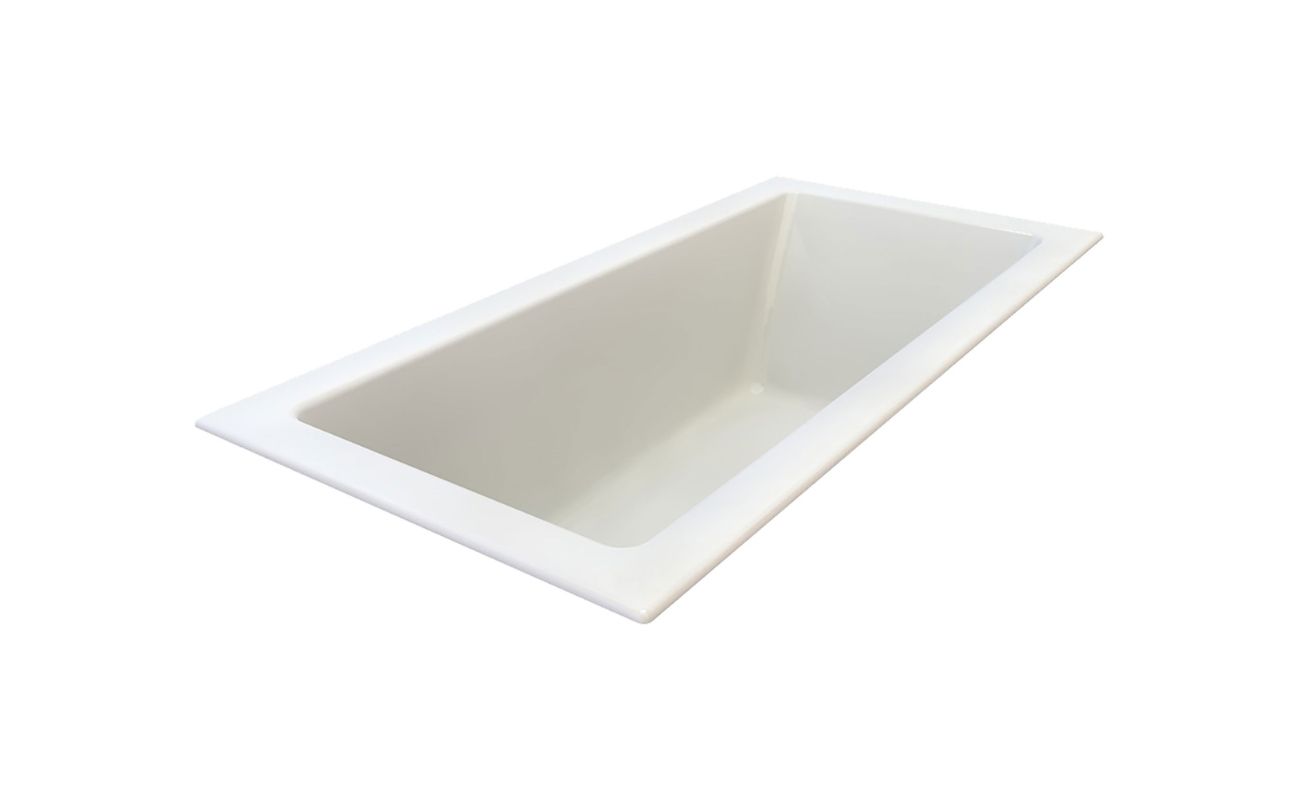
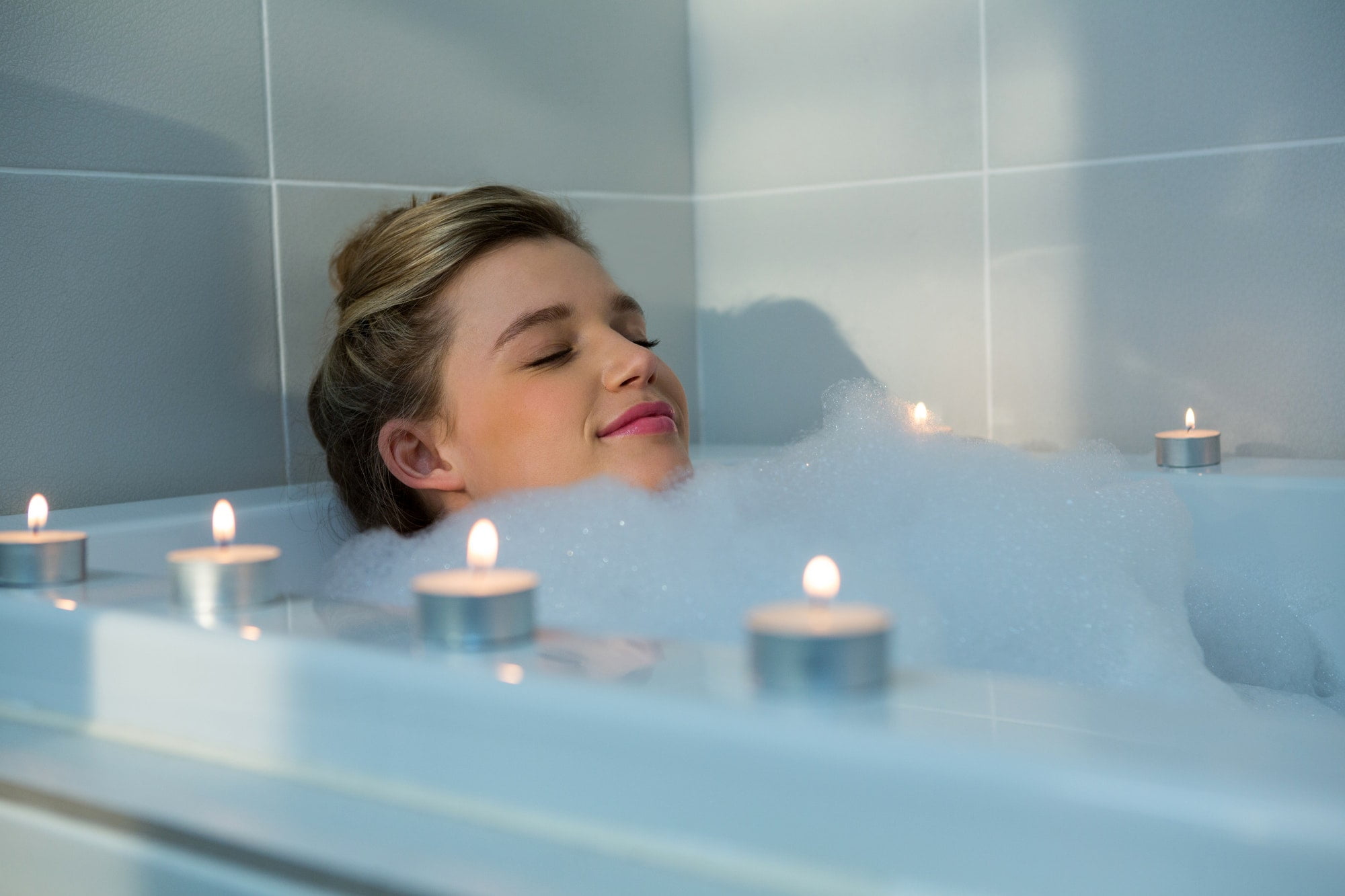
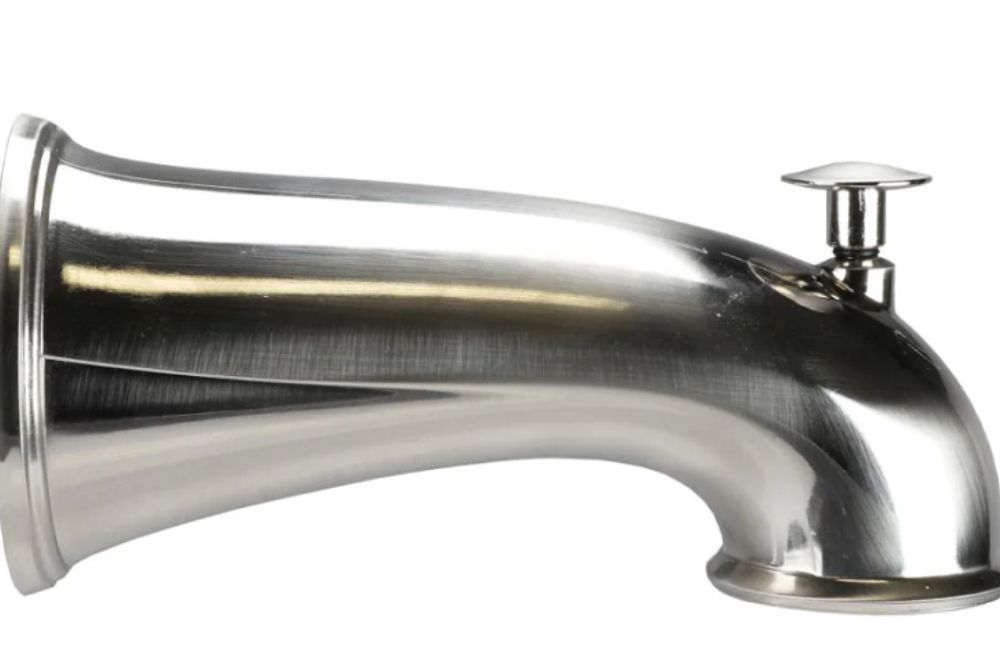
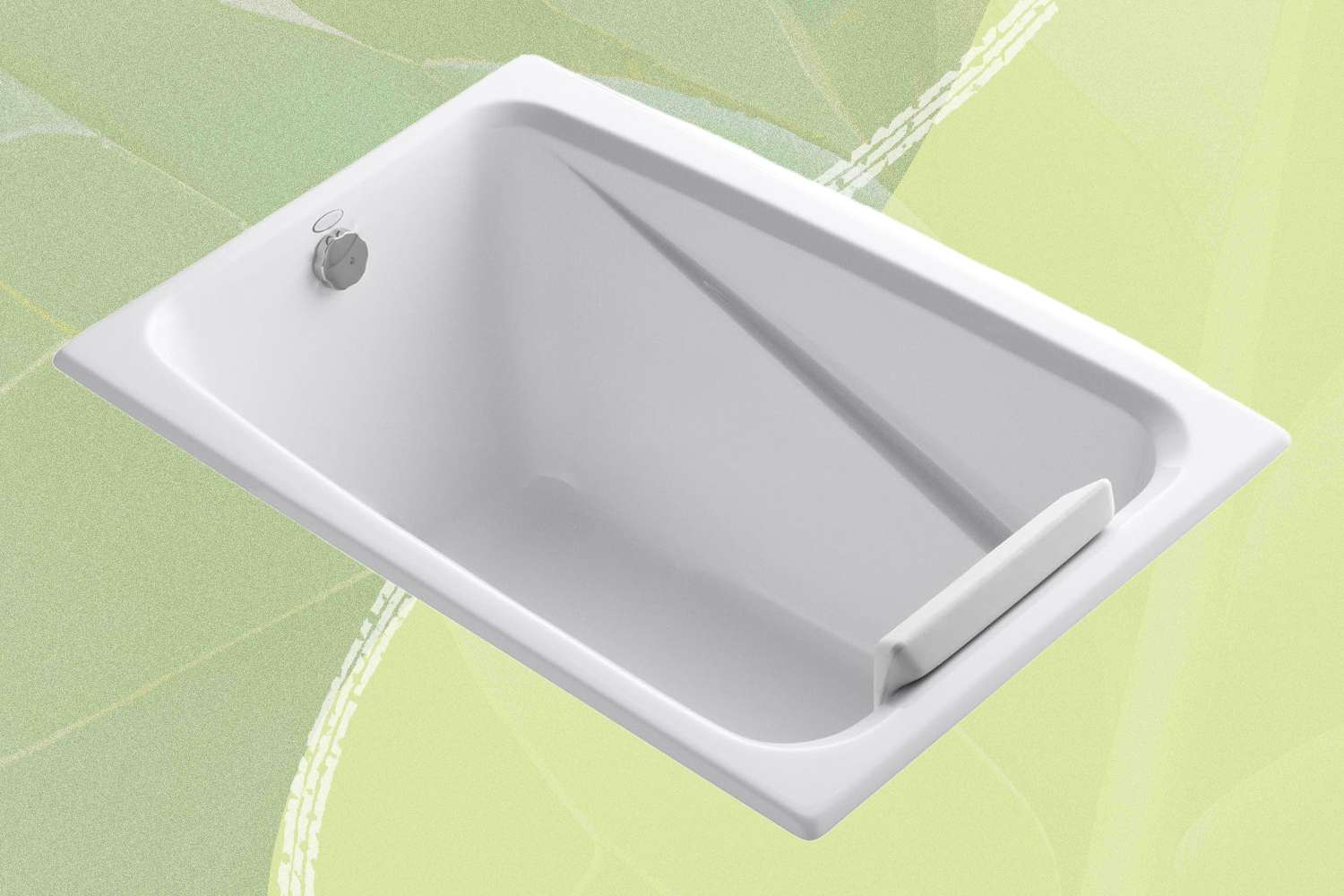
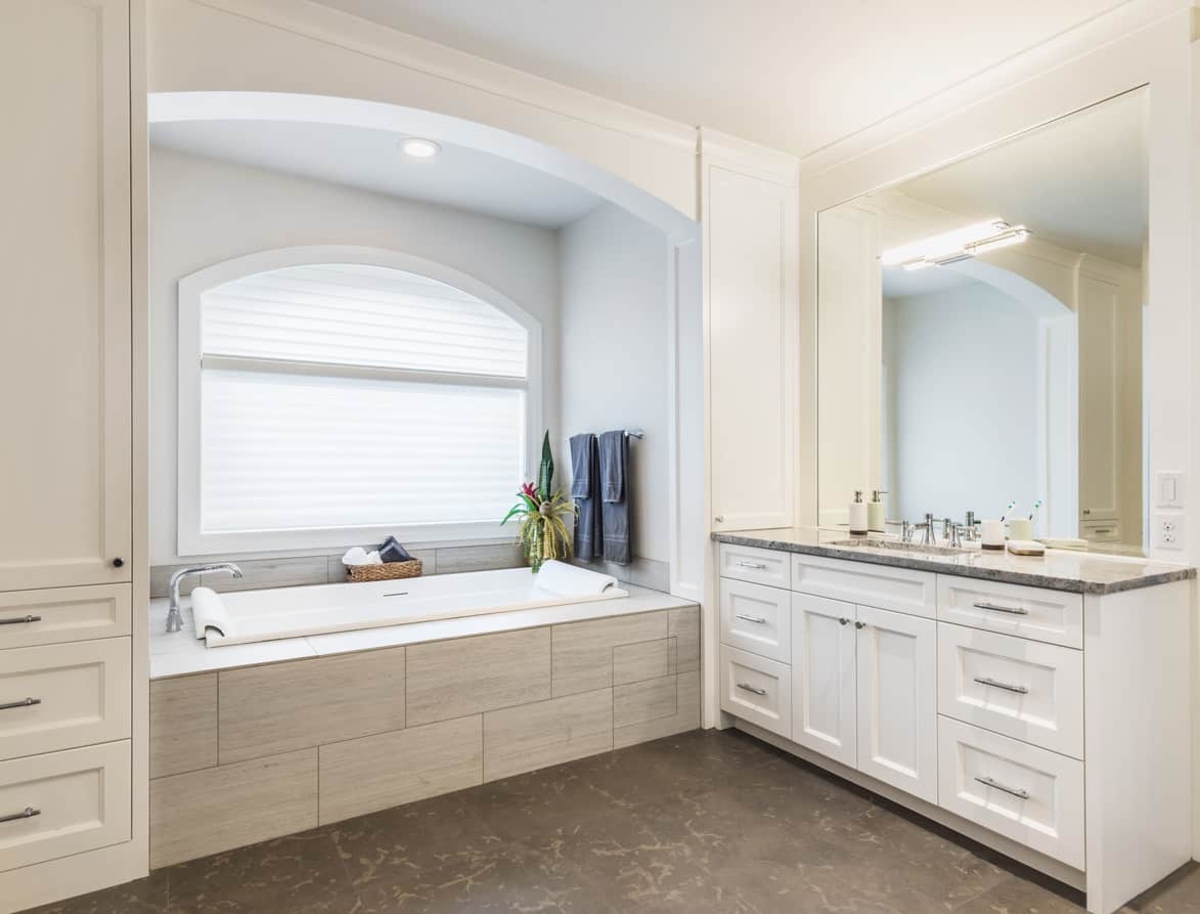
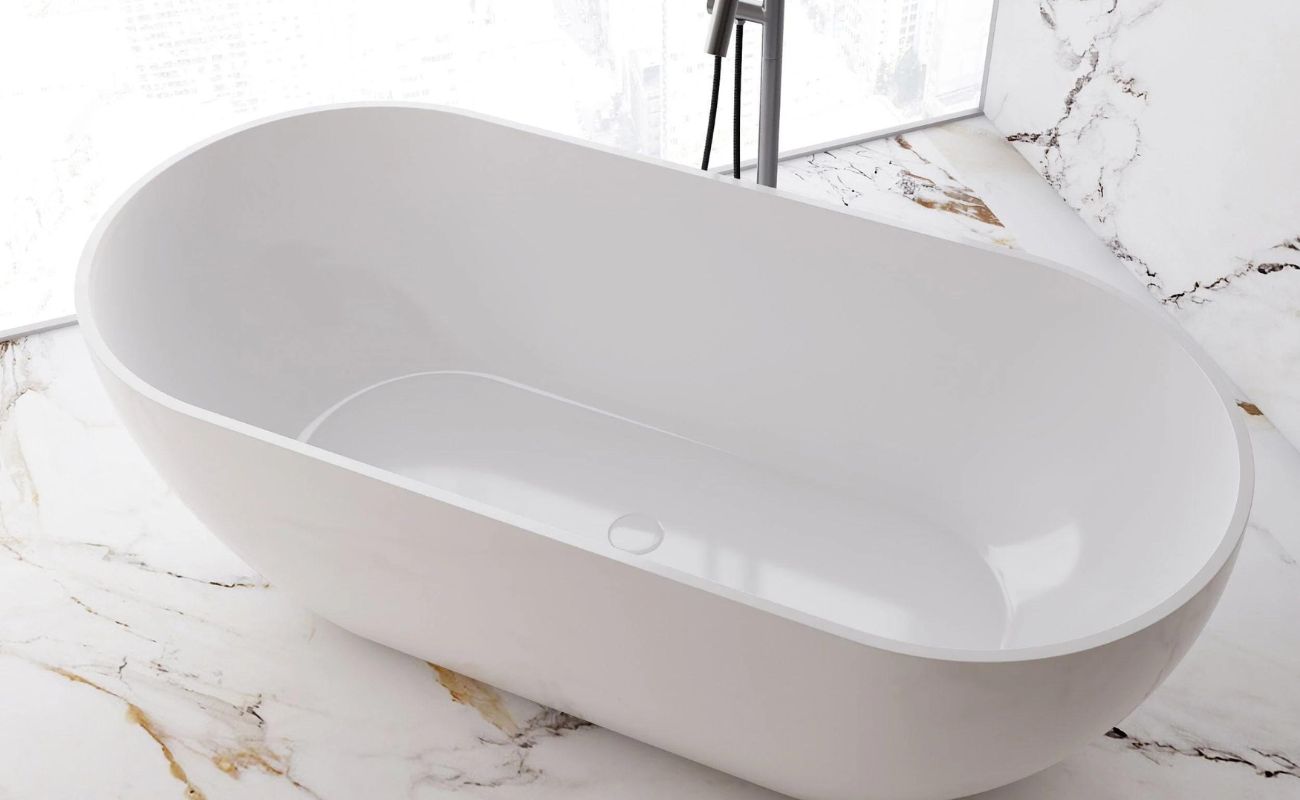

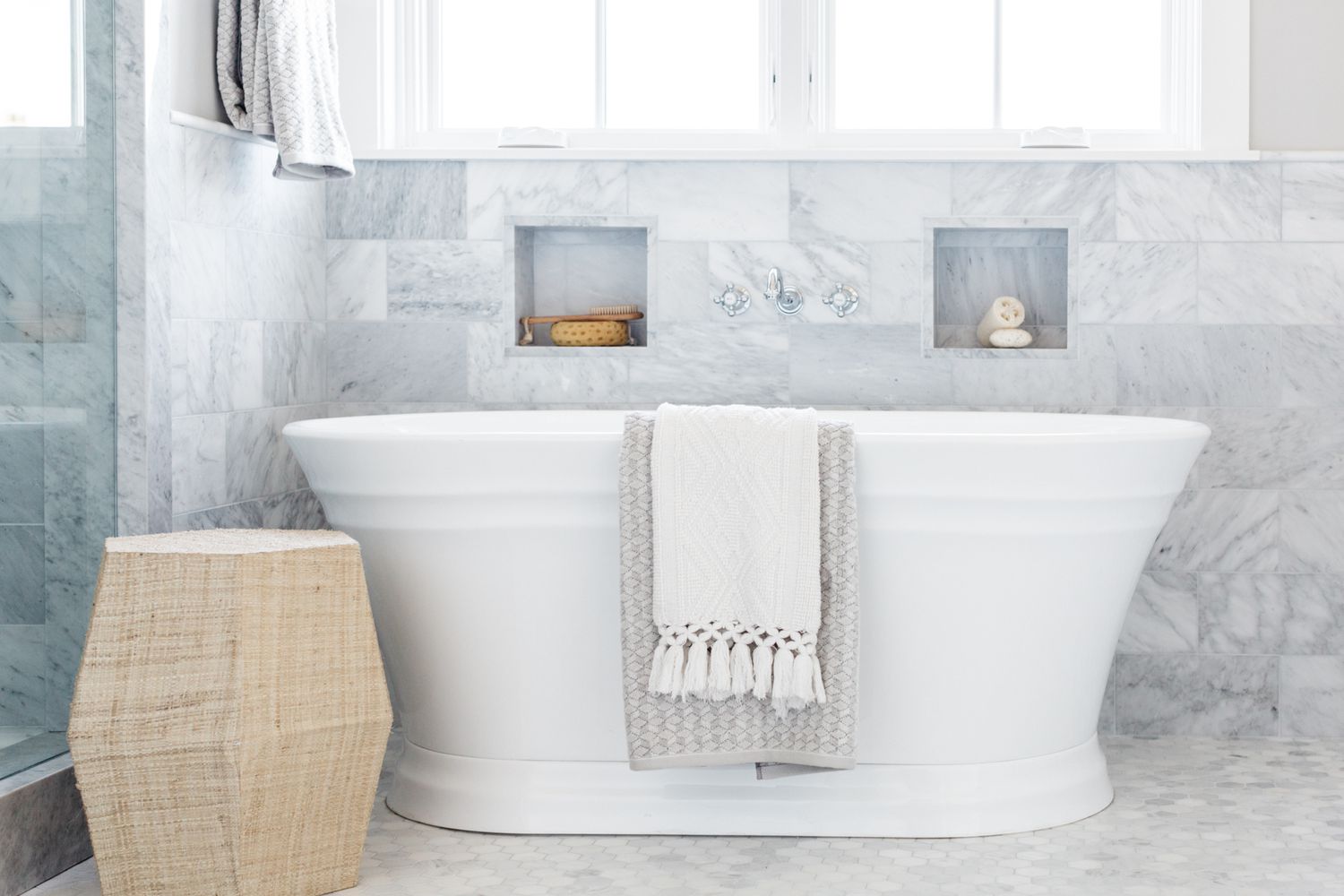
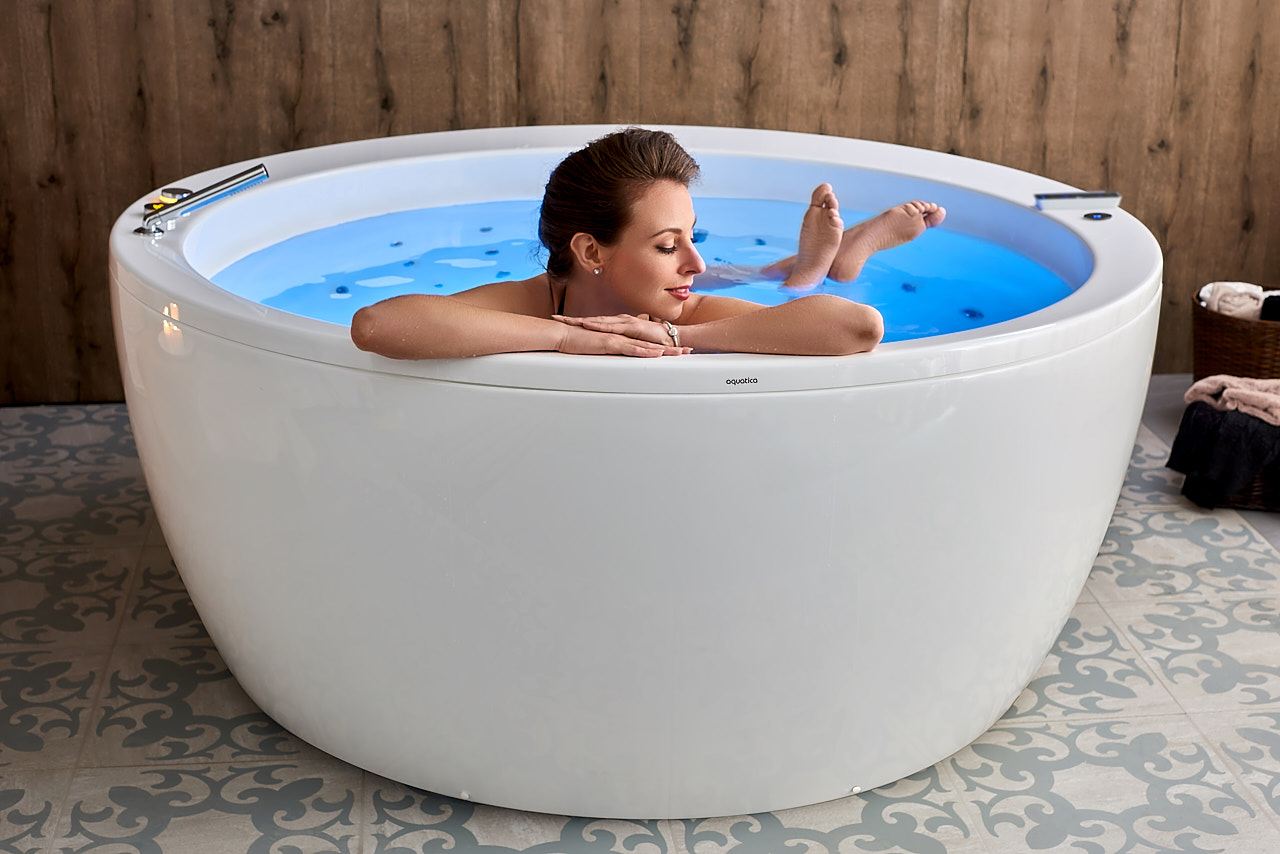
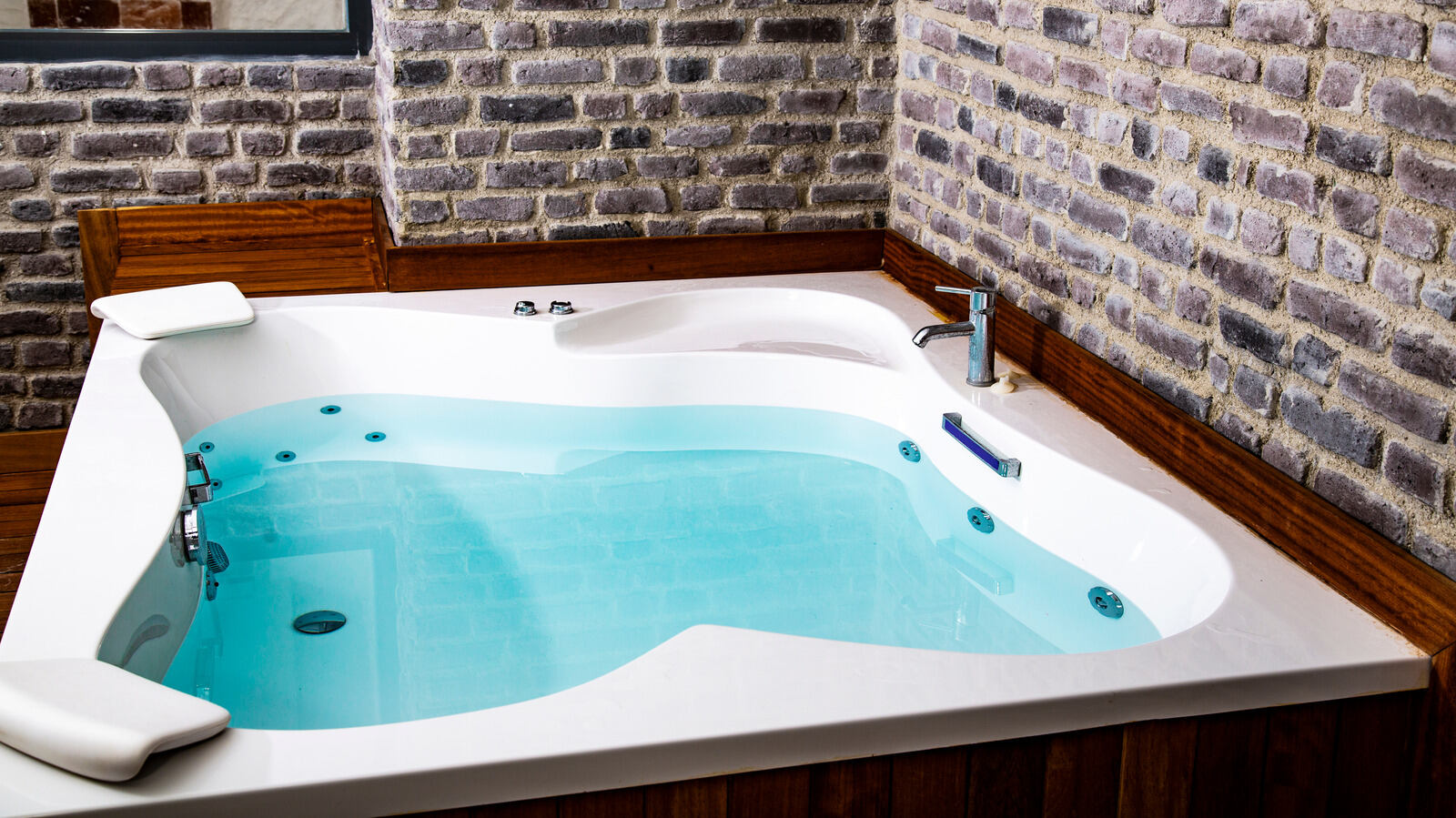
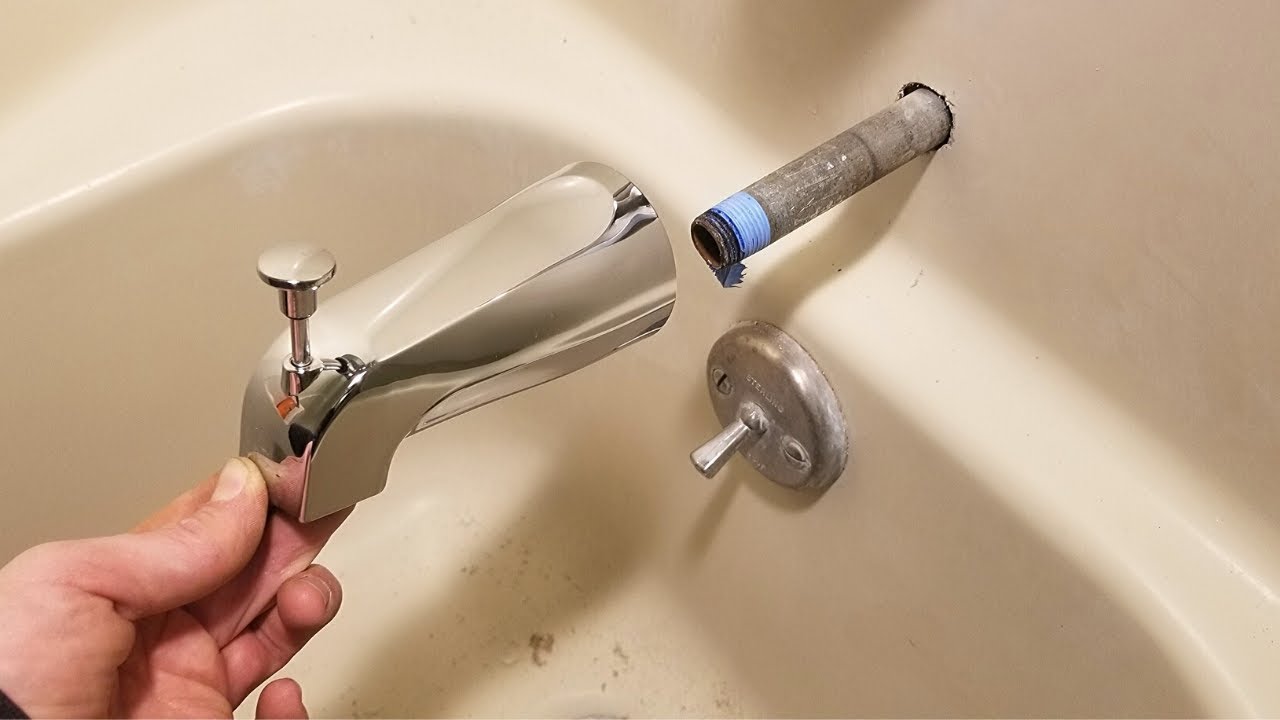
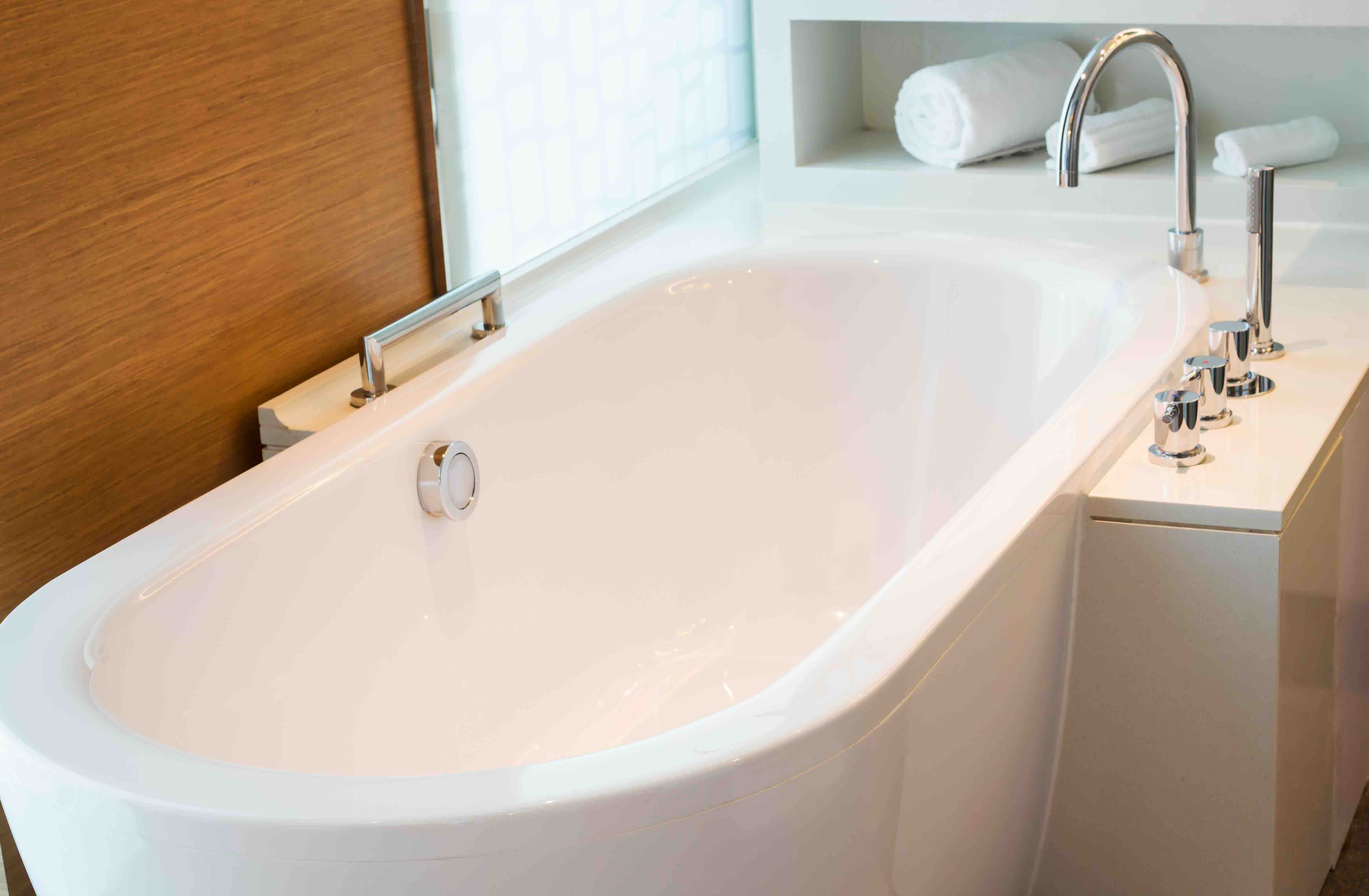

0 thoughts on “What Is An Accessible Bathtub”